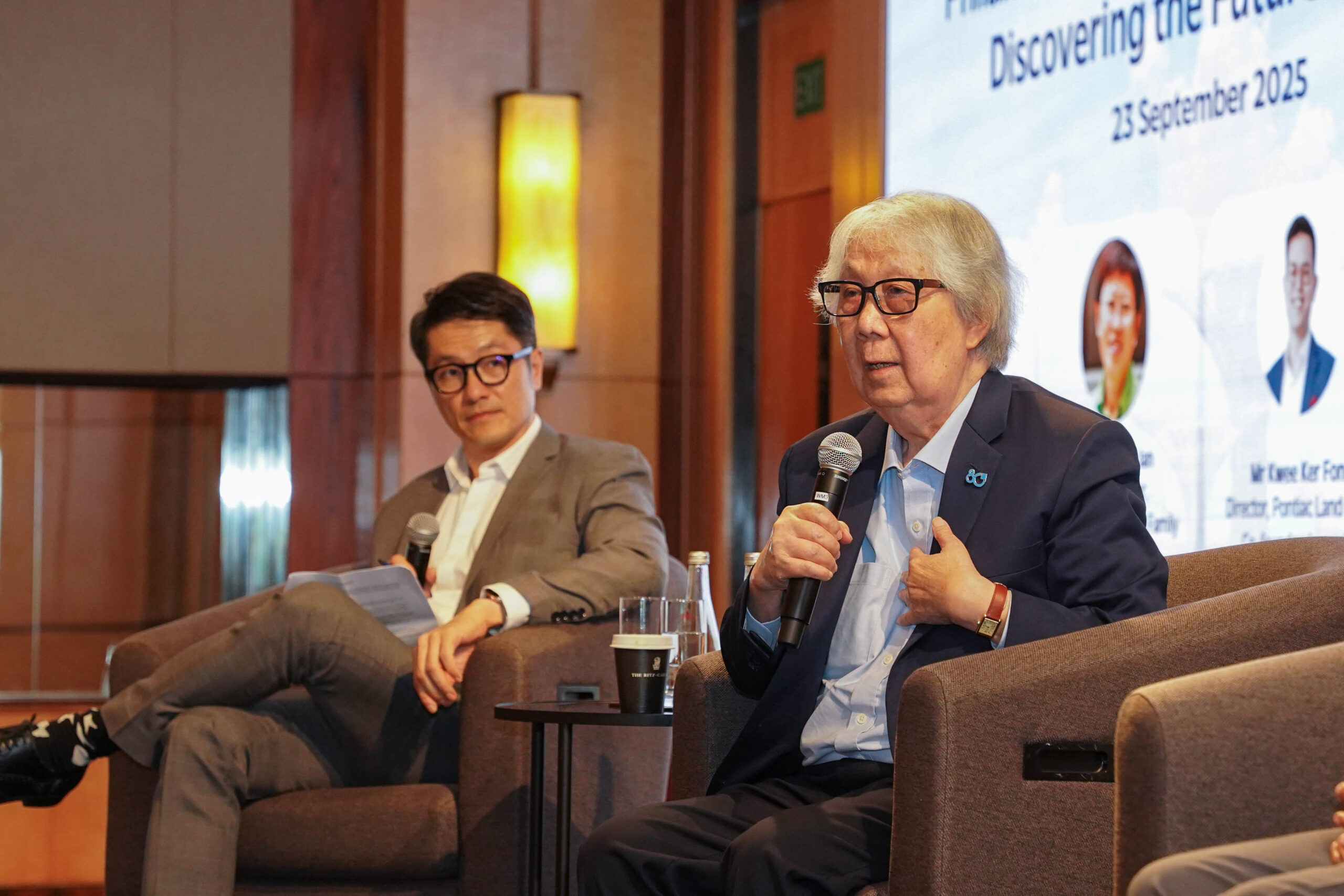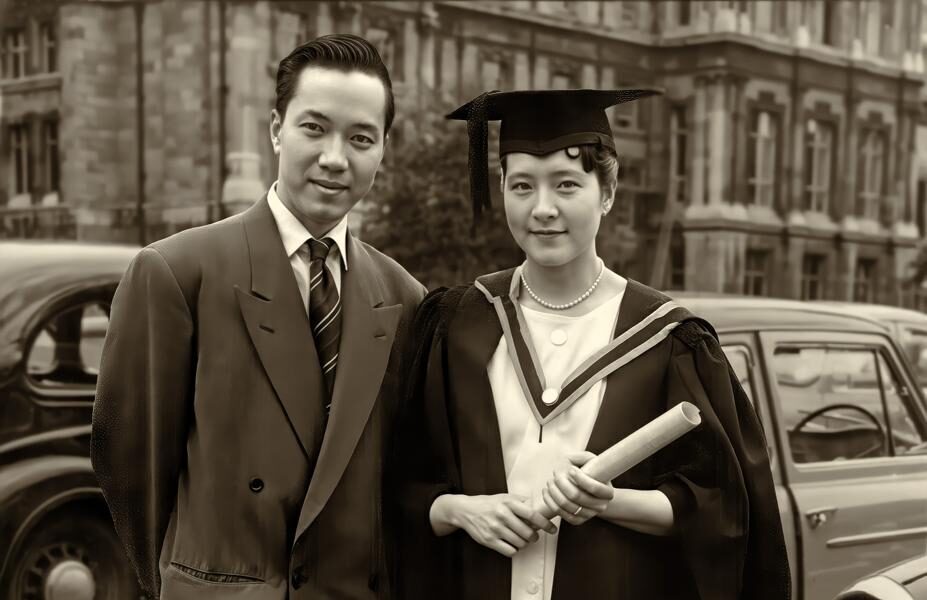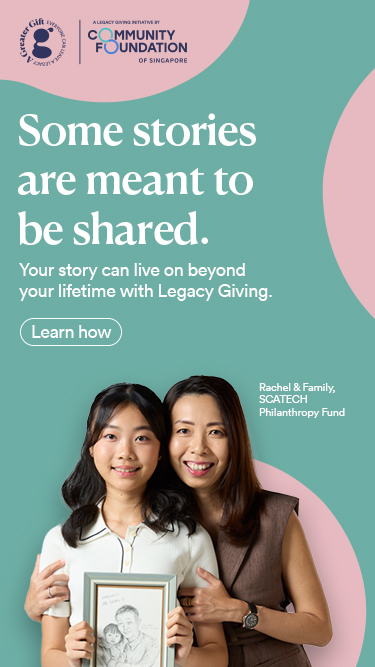Helping Clients Grow Their Giving


This article first appeared on CFS’s Legacy Giving Website. To find out more about Legacy Giving, please click here.
People like to give and I think people like to be effective as well [and] see the direct result, the impact of their giving.
Freaderic Tan
Legacy giving enables you to make a difference beyond your lifetime. In support of CFS’ campaign for “A Greater Gift”, IPG Howden has partnered CFS to inspire individuals to include gifts to charities in their wealth planning.
Senior financial consultants Freaderic Tan and Kelvin Choo believe in the power of advisors to help clients realise and fulfil their giving intentions through legacy giving.
As Senior Vice-President and First Vice-President respectively at IPG Howden based in Singapore, they have a combined experience of over 35 years in the wealth planning, wealth management, and financial services industries.
“I think clients want to help by giving, and they also want assurance and for the source of advice to be a trusted source,” says Freaderic.
“I think these long-term advisors to the clients would be very well-placed to be giving this advice and I think the clients would feel like they have been done a favour,” he continues.
Kelvin believes that clients might not initially think of turning to their financial advisors for advice on legacy giving, but that greater awareness could help change this.
“I think many clients, by and large, who are wealthy currently are usually first or second generation wealth creators and perhaps the bulk of their priorities lie in growing that wealth further,” he says.
“However, with more education,” he explains, “I believe clients will begin to understand that even as they grow their wealth, they can also grow their giving.”
Legacy giving is suitable for clients of all ages, he points out, saying, “We believe that by having that discussion and planning for their legacy now, younger clients can actually make their gifts in the future.”
What advice on legacy giving do these senior financial experts have for their fellow advisors? How do they address questions that advisors may get when discussing legacy giving with their clients? Watch the interview below to find out more.
This article first appeared on CFS’s Legacy Giving Website. To find out more about Legacy Giving, please click here.
People like to give and I think people like to be effective as well [and] see the direct result, the impact of their giving.
Freaderic Tan
Legacy giving enables you to make a difference beyond your lifetime. In support of CFS’ campaign for “A Greater Gift”, IPG Howden has partnered CFS to inspire individuals to include gifts to charities in their wealth planning.
Senior financial consultants Freaderic Tan and Kelvin Choo believe in the power of advisors to help clients realise and fulfil their giving intentions through legacy giving.
As Senior Vice-President and First Vice-President respectively at IPG Howden based in Singapore, they have a combined experience of over 35 years in the wealth planning, wealth management, and financial services industries.
“I think clients want to help by giving, and they also want assurance and for the source of advice to be a trusted source,” says Freaderic.
“I think these long-term advisors to the clients would be very well-placed to be giving this advice and I think the clients would feel like they have been done a favour,” he continues.
Kelvin believes that clients might not initially think of turning to their financial advisors for advice on legacy giving, but that greater awareness could help change this.
“I think many clients, by and large, who are wealthy currently are usually first or second generation wealth creators and perhaps the bulk of their priorities lie in growing that wealth further,” he says.
“However, with more education,” he explains, “I believe clients will begin to understand that even as they grow their wealth, they can also grow their giving.”
Legacy giving is suitable for clients of all ages, he points out, saying, “We believe that by having that discussion and planning for their legacy now, younger clients can actually make their gifts in the future.”
What advice on legacy giving do these senior financial experts have for their fellow advisors? How do they address questions that advisors may get when discussing legacy giving with their clients? Watch the interview below to find out more.
- Related Topics For You: ADVISOR STORIES, COLLABORATION, LEGACY GIVING



